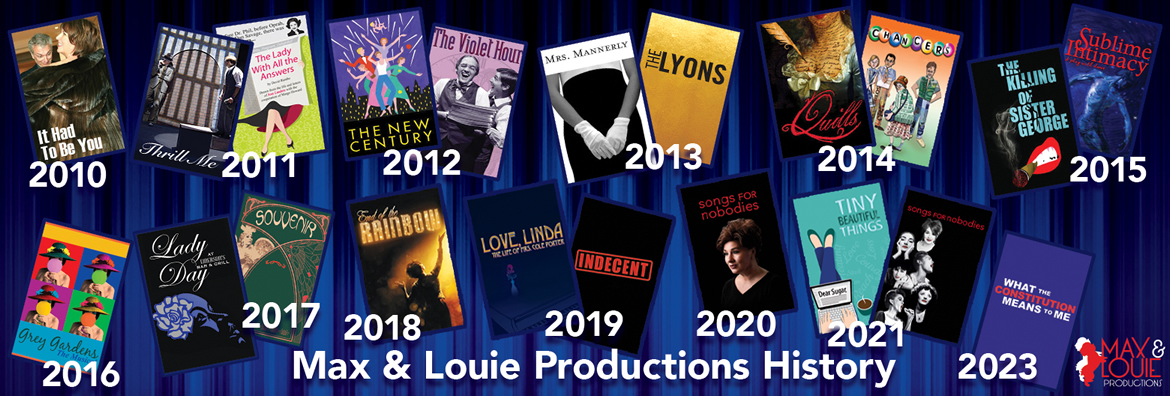Lady Day at Emerson’s Bar & Grill
Richard Green – Talkin’ Broadway, February 21, 2017
It may be heresy, but I liked this one better than Audra McDonald’s.
Till now, I’ve only seen Ms. McDonald’s Tony-winning performance in Lady Day at Emerson’s Bar & Grill on TV, twice, and loved it. But in this version, we can more readily forget the actress beneath the gardenia (the amazing Alexis J. Roston) and focus purely on the character. Ms. Roston first performed the role for Porchlight Music Theatre in Chicago, and then at the Milwaukee Rep. Here she puts on a fantastic show, with a fresh production by a first-rate local team.
The play with music goes all the way back to 1986 and its debut in Atlanta, before being staged Off-Broadway with Lonette McKee the following year. Twenty-seven years after that, Audra McDonald assayed the role in 2014, and wound up taking home her sixth Tony.
In this version, a stronger literary structure slowly emerges from Lanie Robertson’s script. Leda Hofmann returns to the director’s chair, and when we get to the singer’s second protestation, that she’d prefer a home and family, the remark is wielded defensively, like a shield, once she’s succumbed to heroin abuse again. Elsewhere in this production, the opposite theme (of roaming free and wild) slowly appears, like a great bridge in the night: stretching from her father’s death, all the way up to the end of this story, about a month before Ms. Holiday’s actual demise in 1959. Who knew it was a “real play”?
Now, I may be totally wrong, judging Audra McDonald from 1,000 miles away like this. But (spoiler alert) the ending here also seems more beautifully iconic: dramatic lighting helps send the singer off under the wing of a kind of protected immortality. Or maybe it’s just the power of live theater, versus a big flat-screen TV; maybe that sense of “transport” to immortality was equally evident in the Audra McDonald version. In this staging, the lighting (by Patrick Huber) becomes a welcome, essential “third character”: stark at times, changing Ms. Roston’s visage into something ravaged by life, other times creating an exciting, electric “concert” feel. And then there’s that almost impossible “album cover” moment in her final number, which took me by surprise.
Abdul Hamid Royal is terrific as the accompanist for and reluctant confidante to Ms. Holiday. His piano work is lush and romantic, with lots of Great American Songbook moments that are thoughtful and touching. But Ms. Roston and he also pay tribute to blues shouter Bessie Smith, with nice old R&B flourishes. Elsewhere, Mr. Royal dazzles with jazzy interludes, backed up by a bassist and drummer.
I don’t want to spoil every single detail of the show, but another thing that really becomes beautifully clear is the horrific way Billie Holiday fell in to heroin abuse in the first place, thanks to the seductive self-pity of her boyfriend at the time (a boyfriend who would later let her go off to prison, in his place, to the great detriment of her career). Like our sudden apprehension of the singer’s quiet dreams of freedom and domesticity, this historical plot element somehow becomes more harrowing.
Michael B. Perkins (of the St. Louis Shakespeare Festival) was one of the ushers on opening night, and he gave us some excellent advice before the show: sit in the seemingly disadvantaged “audience left” section, behind the pianist—because most of the interaction on stage is between the singer and accompanist, and this gives you the best view.
